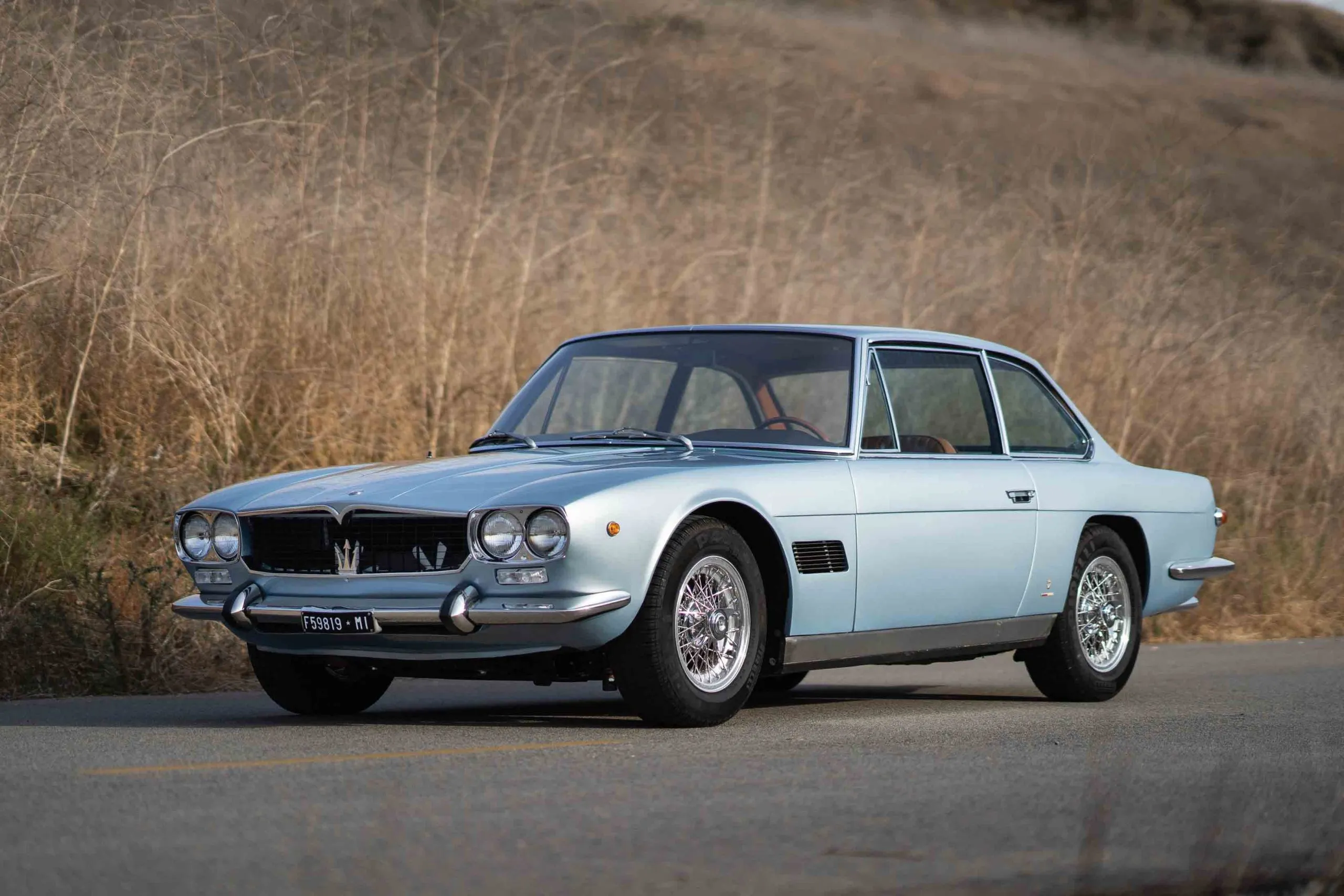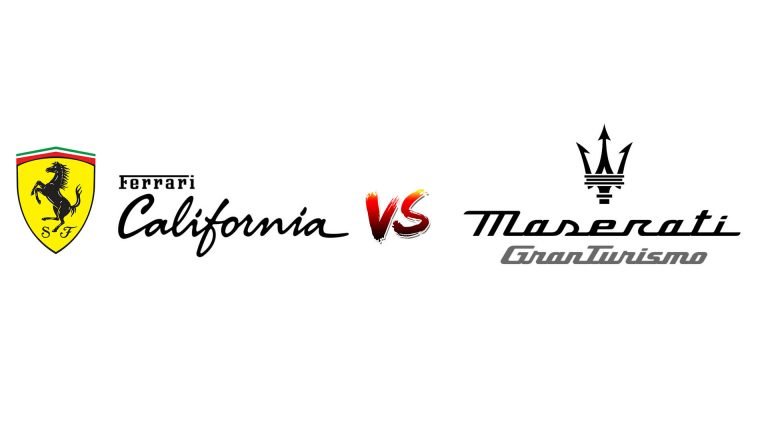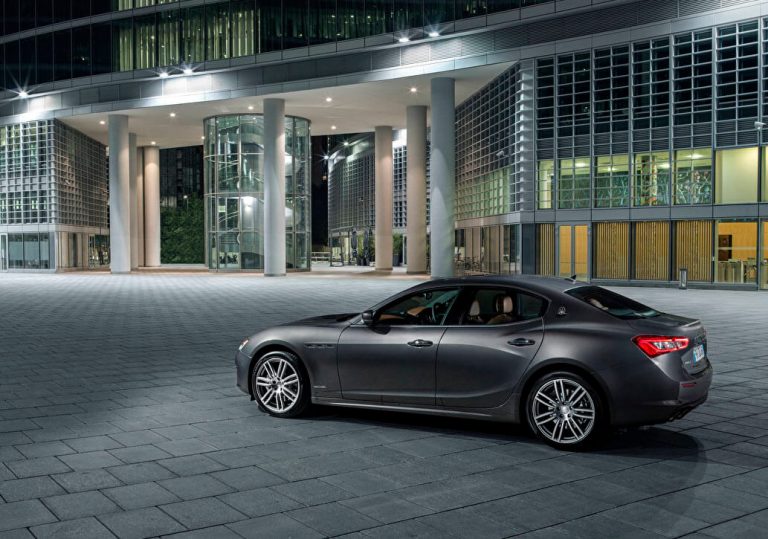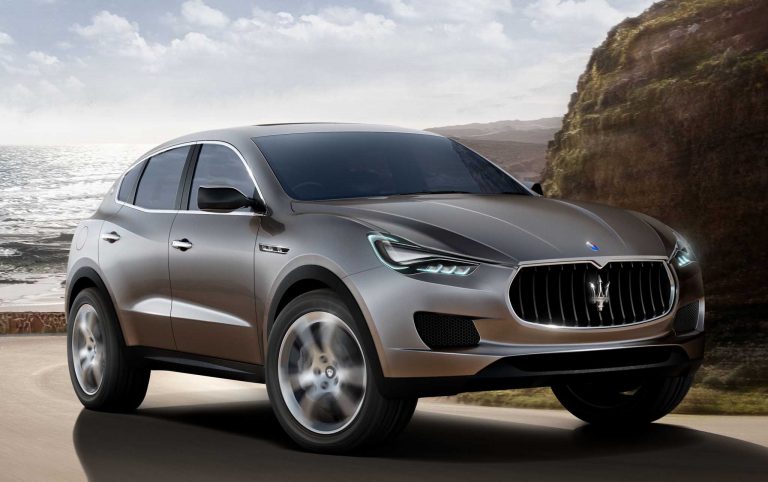The Maserati Mexico – An Insider’s Review With Everything You Need to Know
The Mexico is a truly unique and stunning car with an extremely rich history. It features an eye-catching exterior design with special attention given to luxurious details such as the stunningly equipped Maserati Mexico interior that raised the bar in the industry.
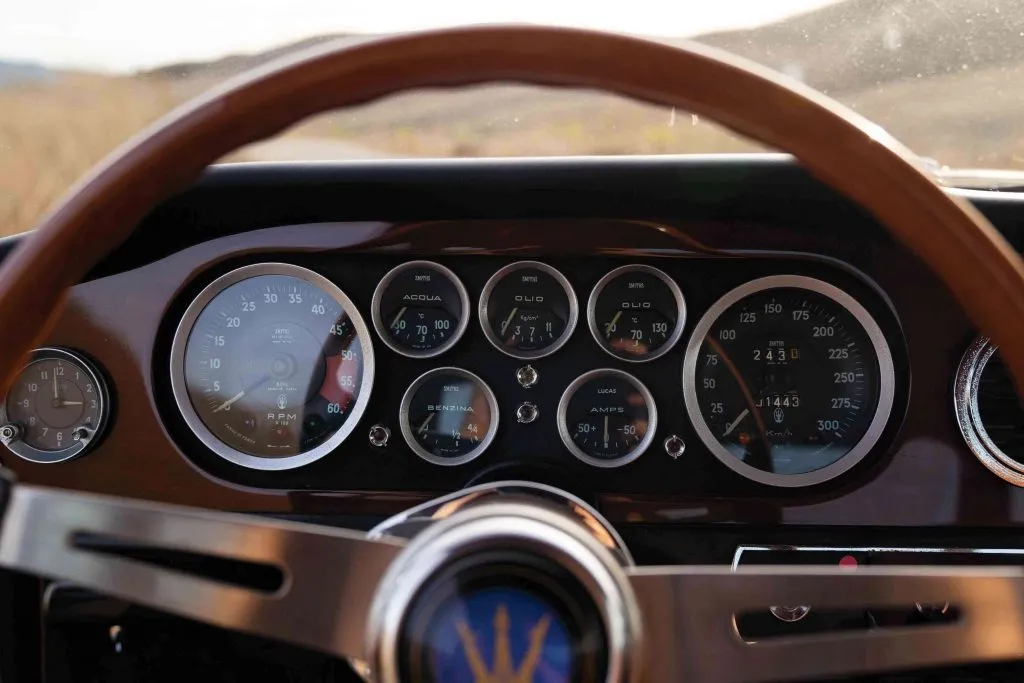
With generous amounts of leather covering most surfaces, beautifully appointed dials along the dash and standard electronic features such as air-conditioning and electrically powered windows the Maserati Mexico was something different in the market. With this car, Maserati was able to once again make a name for themselves as an elite automotive company and create something refreshing in the ever-changing automotive industry.
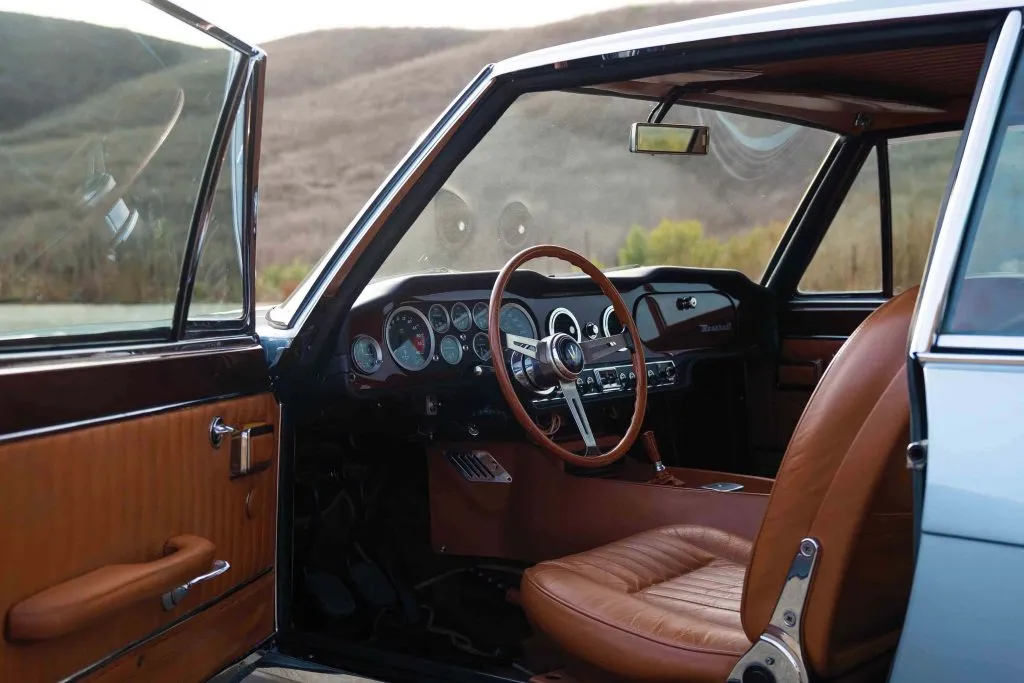
There’s no way I could establish a blog that showcases all the amazing things about the Maserati brand and not mention the Maserati Mexico. This car is the epitome of cool in the 60s and if you want to know everything about this unique Italian masterpiece, read on to find out more!
History of the Maserati Mexico
The Maserati Mexico was first introduced in 1966, and it was designed by the renowned designers/coach builders over at Vignale. The car came about as it was a resurrection of what started life as a Maserati 5000GT.
The events leading up to the Maserati Mexico unveiling in 1966 at the Geneva Motor show were unfortunate but thankfully ended with a positive result. The Mexican owner Francisco Diez Barroso Castaneda, who purchased it from its original owner Alfonso Lopez, who was the President of Mexico at the time. Was involved in a crash on the highway that goes from Mexico City to Puebla, a city situated just south east of Mexico City, which is well known for its rich culinary history, pottery and architecture.
This sparked the need to have the car repaired and updated. The only real option to get it done properly back in 1965 was to send the car back to the factory in Italy situated in the town of Modena, after being relocated from the original factory headquarters in Bologna after the second world war.
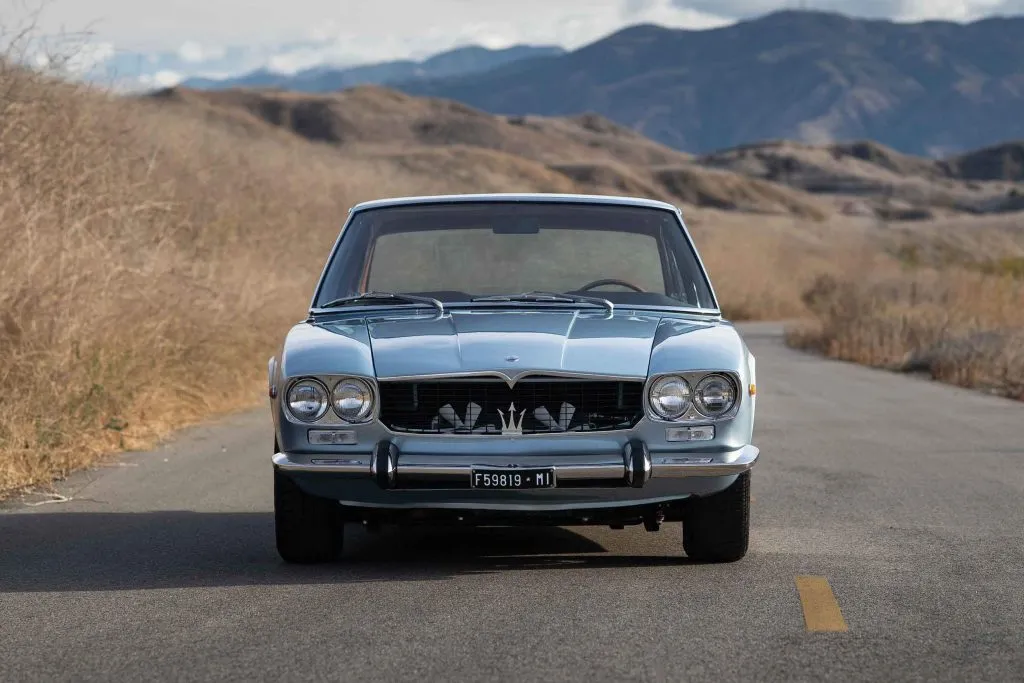
After re-creating the car with the new and improved Maserati Mexico cosmetic and performance upgrades the car was showcased at the 1966 Geneva Motor show and the reactions were so inspiring that Maserati was convinced that this car had to be put into production.
Upon deciding the name for the car, it was only fitting that Maserati named it in recognition of the nationality of the first two owners and their significance in their home country, Mexico. Without them, fate wouldn’t have brought the car back to Modena for its redesign. Consequently, the legendary Maserati Mexico name was born.
Shortly after the production version was ready, the Maserati Mexico was unveiled to the public at the 1966 Paris Motor show.
Throughout the life of the Maserati Mexico there were a fair number of cars produced. For the two variants, the Maserati Mexico 4.2 had 300 examples sent out into the world whilst the Maserati Mexico 4.7 had only 182 examples produced.
The Maserati Mexico Performance
For the time, the Mexico’s performance was definitely something desired by many. The Maserati Mexico was powered by a 90°, double overhead camshaft V8 with a wet sump and compression ratio of 8.5:1. There were two offerings in terms of engines. There was the Mexico 4.2 with a displacement of 4,136cc and the Mexico 4.7 with a displacement of 4,719cc. Aside from the Mexico 4.2 having smaller cylinder bores, measured at 88mm the engines were essentially the exact same, the major differing factor of course being the power each produced.
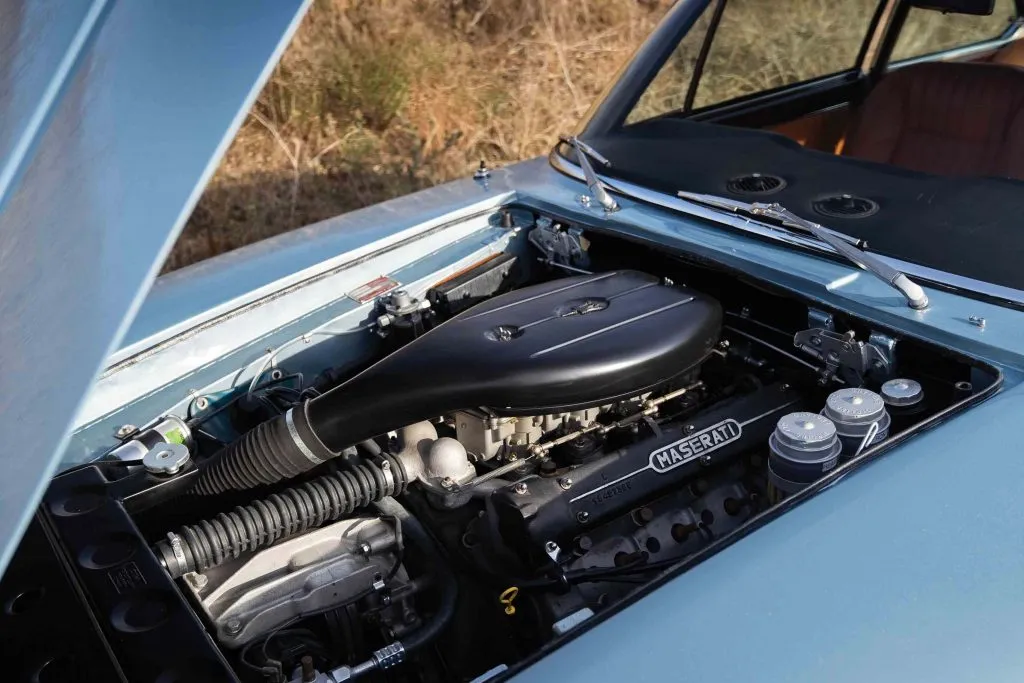
The Maserati Mexico 4.2 output a total of 260hp at 5,000rpm and 275 lb-ft of torque. While the Mexico 4.7’s horsepower was increased by a further 30hp at 290hp at 5,200rpm with 289 lb-ft of torque. These power figures propelled the upgraded 5000GT’s from 0-60mph in 6.5 seconds for the Mexico 4.7 with a top speed of 160mph and 7.5 seconds for the Mexico 4.2 with a top speed of 150mph.
All of this power was sent through to the wheels via a five speed manual transmission featuring a dry clutch or the optional 3 speed automatic developed by Borg Warner.
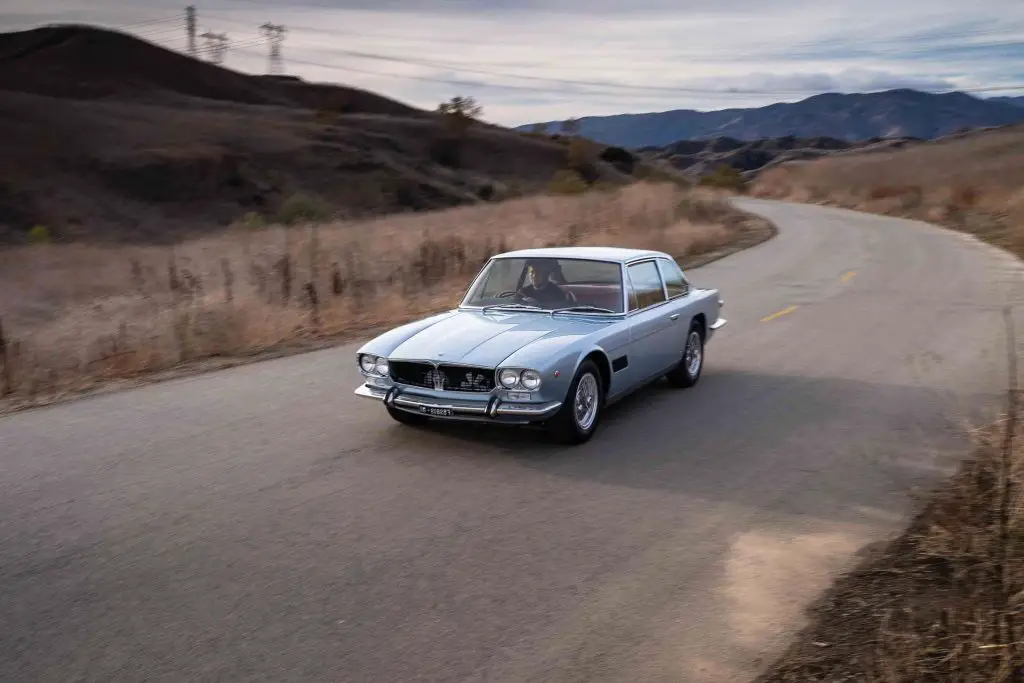
Overall, the Maserati Mexico was very successful in maintaining its performance as well as being prestigious at the same time. The car provided ample performance which helped it out tremendously, especially when compared to other competitors at the time. The figures stated above might not seem too breath-taking in comparison to today’s standards but it was exhilarating at the time, especially when mixed with Italian passion and flare.
The Elegantly Sporty Design
The Maserati Mexico’s design was based off the foundation of the Maserati Quattroporte. The full steel monocoque was repurposed from the Quattroporte making up the rigid chassis of the Mexico and was also shortened by a mere 110mm bringing the total length of the Mexico to 2640mm.
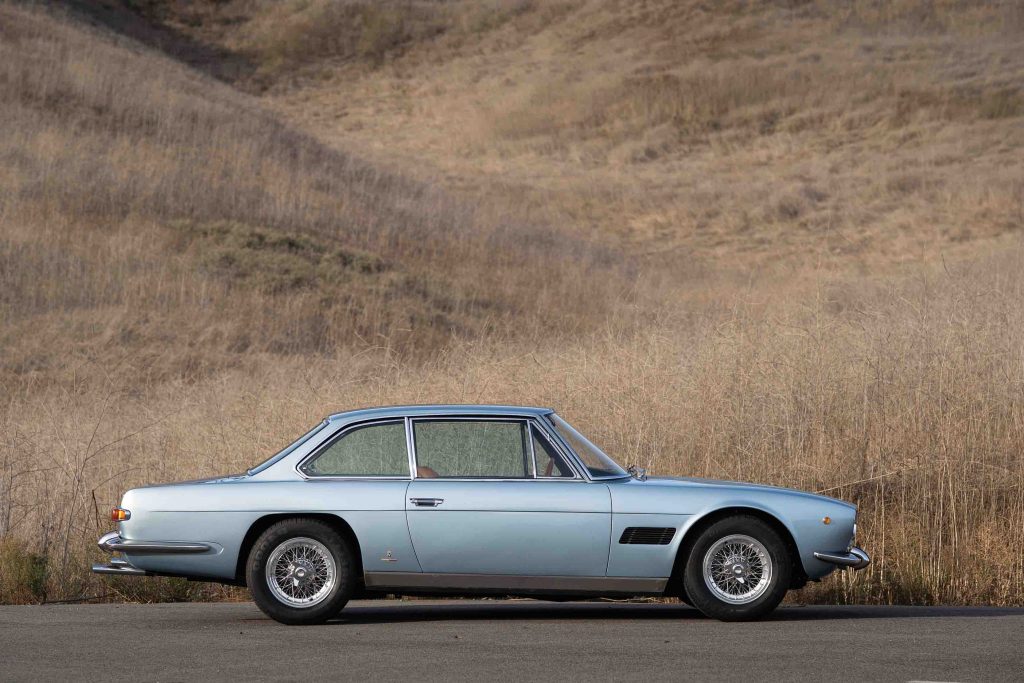
On the cosmetic side, the original shell of the first re-designed car started life as a Maserati 5000GT in 1961 and then after an unfortunate accident, was repaired and re-bodied with different styling cues designed by the Italian designer Vignale. It was known as the two-door, four seater, grand tourer that had an elegant yet sporty look along with its curved buttresses, shapely windshield and uncluttered front grille, giving it a very distinguished appearance.
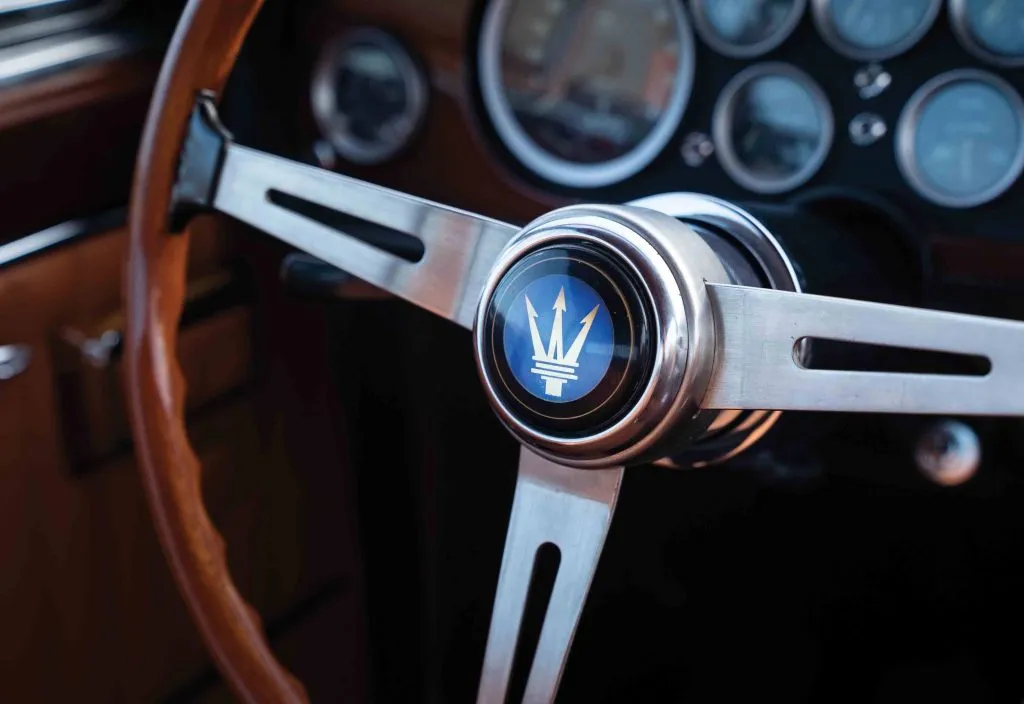
Carrozzeria Vignale was a very famous and well respected automotive design house/coachbuilder established by Alfredo Vignale back in 1948. Their passionate and expressive designs extended all the way from a Fiat 500 Topolino to numerous Alfa Romeo’s, Ferrari’s, Lancia’s and of course Maserati’s.
Vignale did such an exemplary job redesigning and rebodying the crashed 5000GT, it was displayed at the Geneva Motor show in 1966 and the response from the crowd was one of overwhelming fascination. They inspired confidence in Maserati to put production into gear for the Maserati Mexico.
Maserati Mexico Value in Current Dollars
As expected these days with most classic cars going up in value, the Maserati Mexico 1967 and all other production years are no exception. Until a recent increase in popularity and recognition, it was not a car that many people even knew much about. But those who did have one were paying around $60,000 to $100,000 back in 2016 which is now up to an estimated range of $120,000 – $346,500 depending on condition and rarity.
The top sale according to classic.com was $346,500 back in 2017 for a 1967 Maserati Mexico Prototipo by Frua, a very unique and special version of the Mexico. With an average of $115,000 creeping up to around the $150,000 mark in present day sales, it’s not a bad investment considering the car cost around $16,300 USD when it first hit the market back in 1966. Which to be fair, back then was quite a hefty price tag for any car in the 1960s.
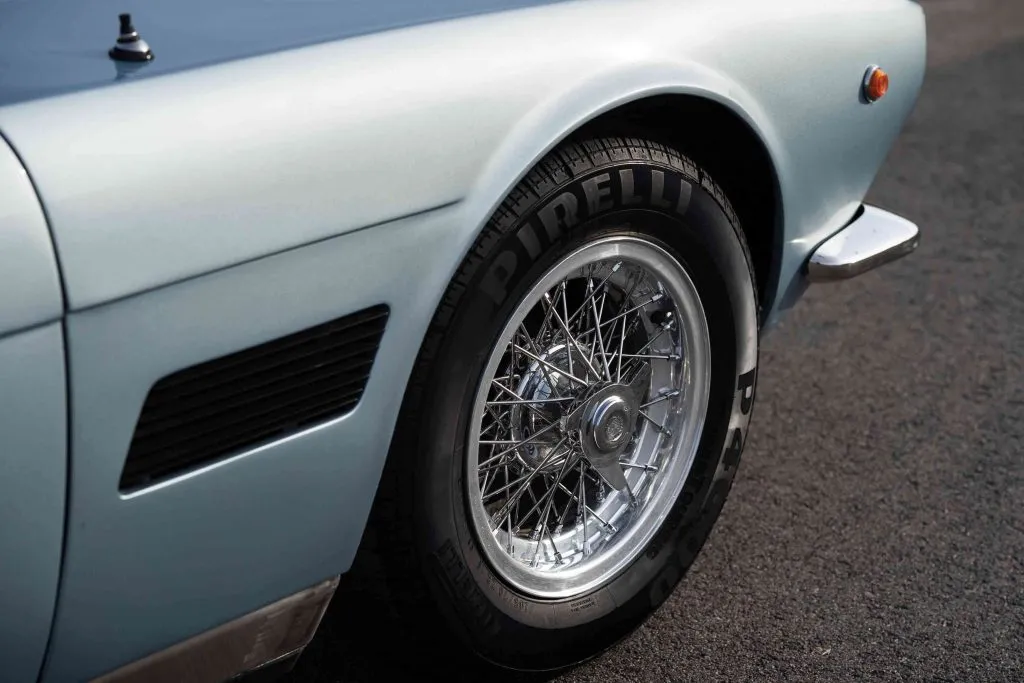
The Maserati Mexico Register
Maserati has accumulated quite a dedicated fan base over the years. One which appreciates and loves their cars so much that they see a lot of value in tracking the Maserati Mexico’s that were produced via the Maserati Mexico register.
There’s only really one registry that is maintained. It’s called the Mexico Registry and they have a comprehensive list of all the cars that have been submitted to them. They state that any contribution or information about any Maserati Mexico is appreciated. I believe at the core of it they require the vin/chassis number, location and an optional picture of the car to get onto the registry.
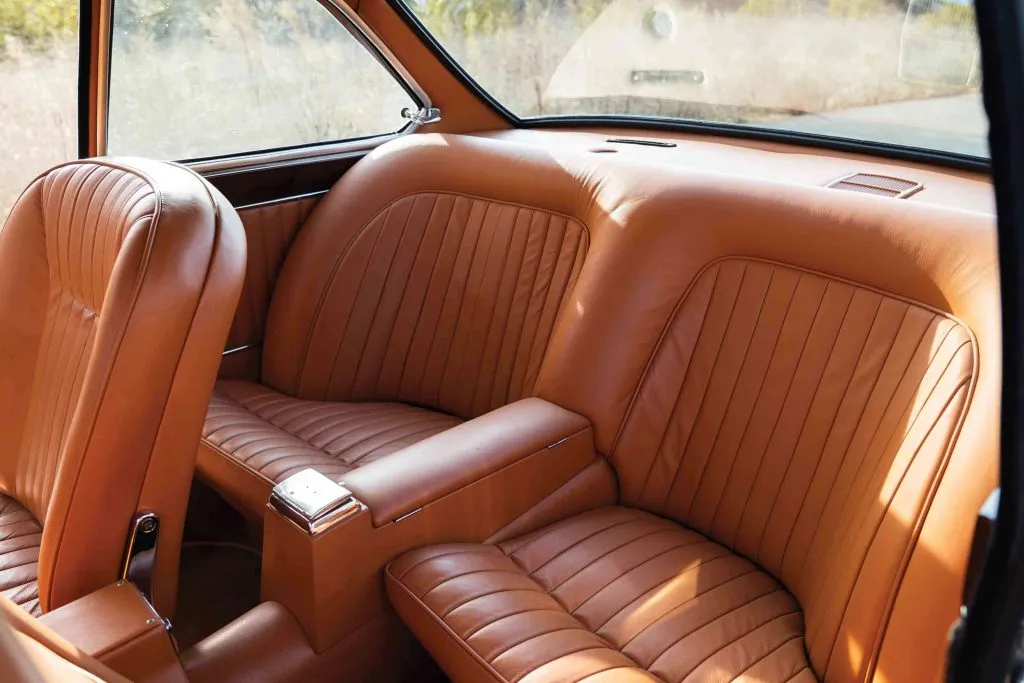
The one thing I will say, is that the Maserati Registry does not take any ownership of the information they publish. All they do is provide a list of all the Maserati Mexico’s and their VIN numbers from whoever has submitted them. It’s up to you as an owner or potential buyer, whether it’s through private sale or auction to verify and ensure that the data is legitimate.
The Verdict
The Mexico is really quite a special car, it formed part of Maserati’s classic line up of cars back in the 60s. As a car that is part of the classic line up, it does still have some issues that you need to be aware of.
The first and foremost issue with this model is corrosion as many cars from this era suffer from it due to poor rust protection. It’s not just limited to exterior parts either, but also the floor panels too which can corrode over time. It would definitely be valuable to engage with a Maserati specialist prior to purchasing one. Especially since the values have skyrocketed over the past decade.
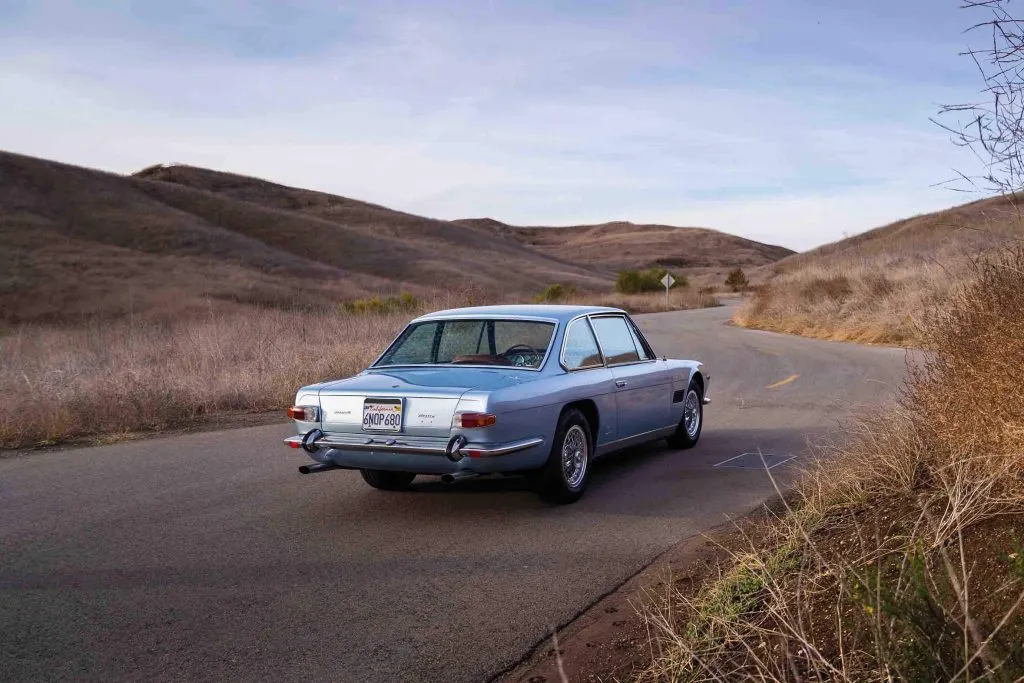
I don’t think people interested in purchasing this car are too worried about its issues, although it is worthwhile to make sure you’re getting a decent example in line with your budget.
With the Maserati Mexico’s timeless design and the stamp it made in the history for Maserati, it’s definitely worth a look when considering to buy a classic Italian sports car. I only imagine the prices going up and whilst it’s appreciating it’s something you’ll definitely enjoy seeing in your garage and taking out for a spin on occasion.

